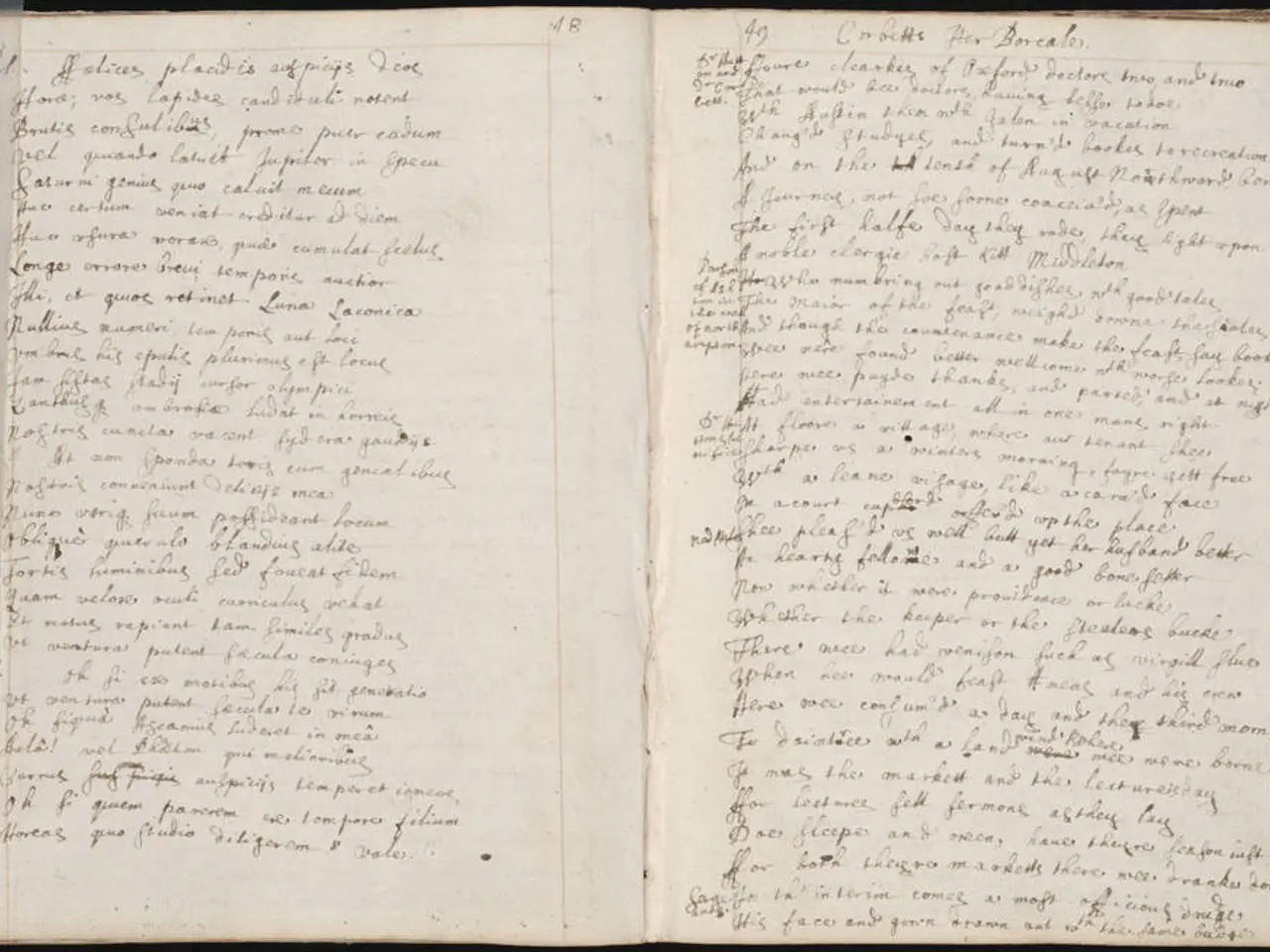Unearthing Past Events through Original Documents
In the heart of a history course, students are currently delving into the tumultuous events of the Little Rock Nine, the first African-American teenagers who integrated Central High School in September 1957. The class is focusing on unpacking primary source documents related to this historic moment.
To conduct historical research on the Little Rock Nine integration crisis, students are advised to start by meticulously gathering primary sources created during that time. These could be newspaper articles, government records, photographs, personal letters, speeches, or official proclamations like President Eisenhower’s. These sources offer direct, first-hand evidence of the events, providing insights into contemporary thoughts, feelings, actions, and social context.
The historical method is then applied to analyze these sources. This involves source criticism, where each source’s validity, perspective, biases, and reliability are evaluated. For instance, it's important to consider whether a source comes from a government authority, participant, or opposing observer, as their position might affect their account.
Corroborating evidence is another crucial step. By comparing multiple primary sources, students can develop a balanced understanding and identify consistencies or contradictions. Secondary sources, which synthesize primary evidence and provide scholarly insights on the Little Rock Nine crisis and broader civil rights movement, are also used to contextualize and support interpretations.
Throughout the research process, students structure their inquiry by defining clear research questions, locating and organizing primary documents, taking detailed notes, and constructing an interpretation that integrates evidence and acknowledges complexities or conflicts in the records.
For the Little Rock Nine specifically, key primary materials include eyewitness newspaper reports of the 1957 school year violence and protests, official statements like President Eisenhower’s orders deploying the 101st Airborne Division, personal testimonies or interviews from the nine students or community members, and photographs of Central High School and marches or confrontations during the crisis.
One challenge for the students is identifying pieces of critical information buried in the mass of assigned documents. A critical close reading of the documents is necessary, paying attention to details that may seem inconsequential at first. For example, the journal title, Race Relations Law Reporter, in which the Supreme Court's decision in Brown v. Board of Education was republished, offers telling insight as it indicates the creation of a new legal journal dedicated to race in the immediate aftermath of the decision.
Reading telephone transcripts conversationally can also help to bring seemingly mundane information to life, such as understanding how systematic inequalities would have felt to different figures in 1957 Little Rock, Arkansas.
The course, HIS 280: Approaches to American History, consists of one lecture and two seminars per week, providing ample opportunity for students to engage with these primary sources and develop a nuanced understanding of the integration crisis. The course readings also span three seminal periods in US history: The School Integration Crisis in Little Rock, Arkansas of 1957-58, changes in the Federal Government's Native American policies in the 1920s, and the Salem Witch Trials of 1692-193.
Engaging with primary sources is essential for a comprehensive understanding of the Little Rock Nine's integration crisis. As part of their education-and-self-development, students should strive to meticulously collect and analyze a variety of sources like newspaper articles, personal testimonies, speeches, or government records to uncover direct insights into the events, thoughts, feelings, and social context of the time. This learning process involves a historical analysis through source criticism and corroboration, and the construction of an interpretation that integrates evidence and acknowledges complexities or conflicts in the records.




